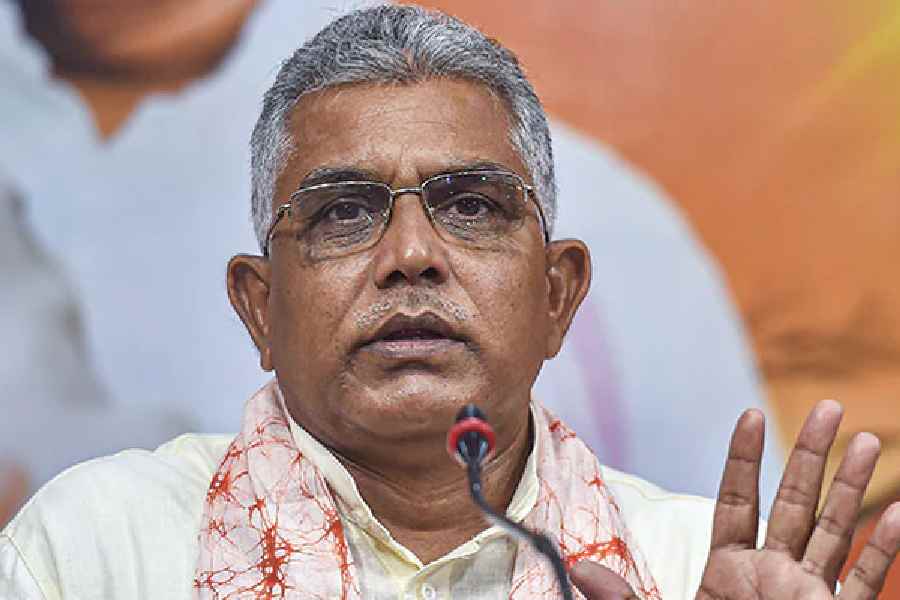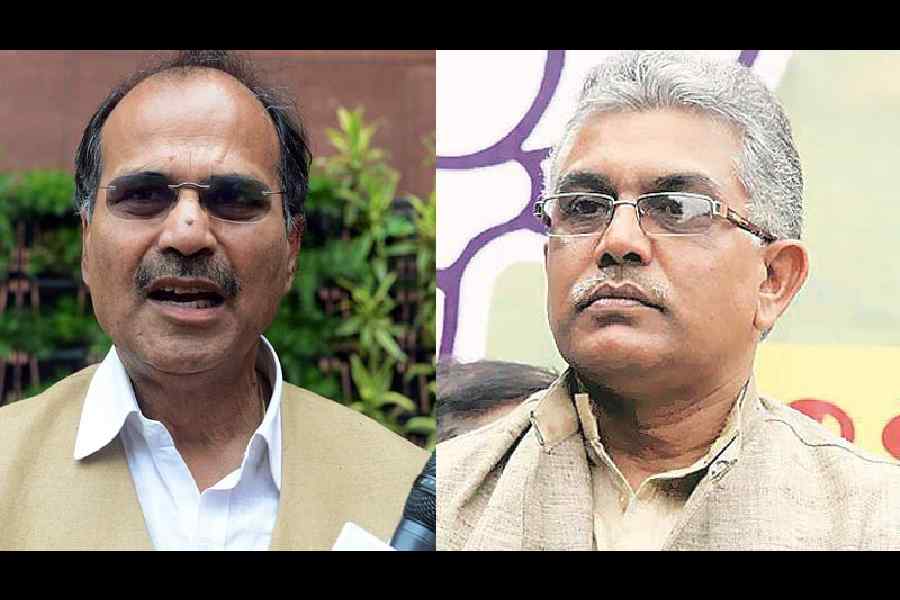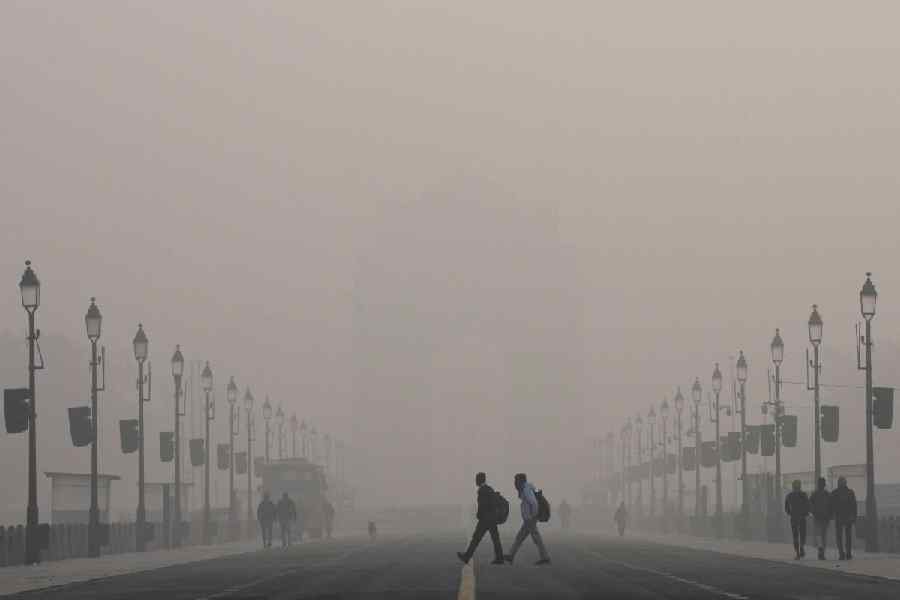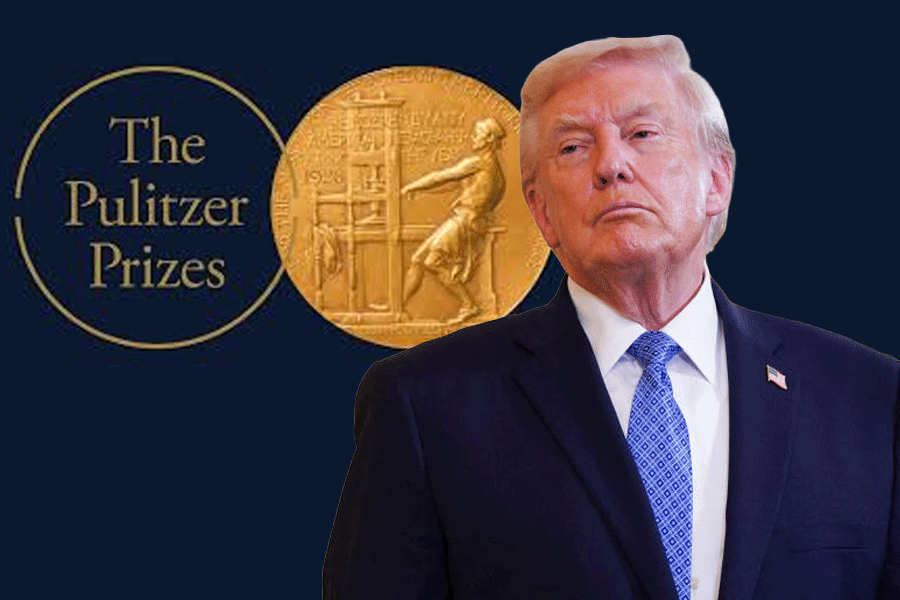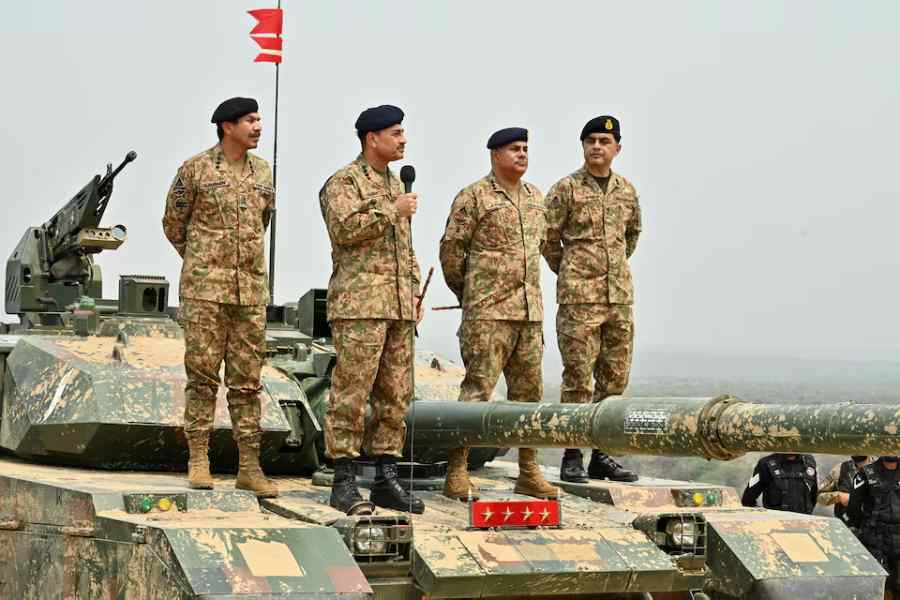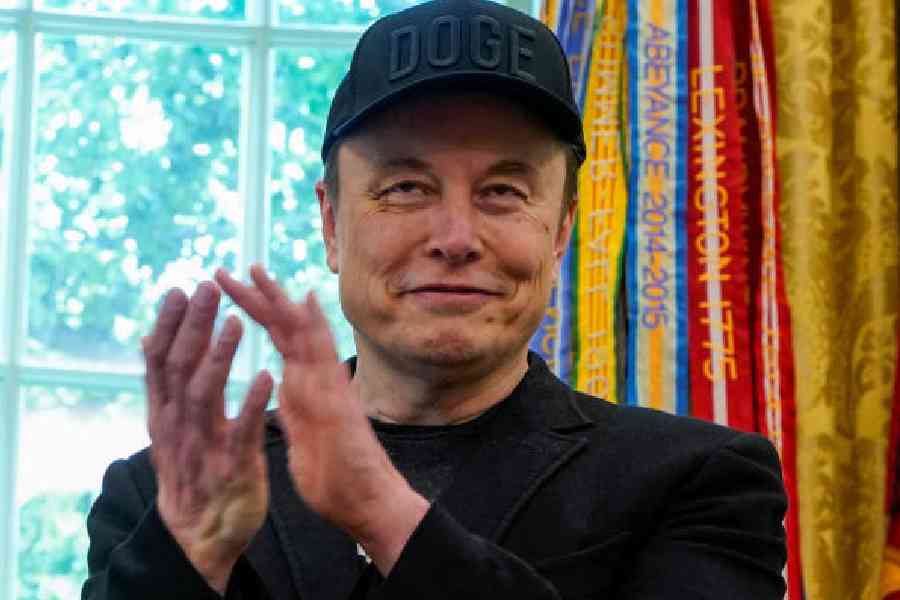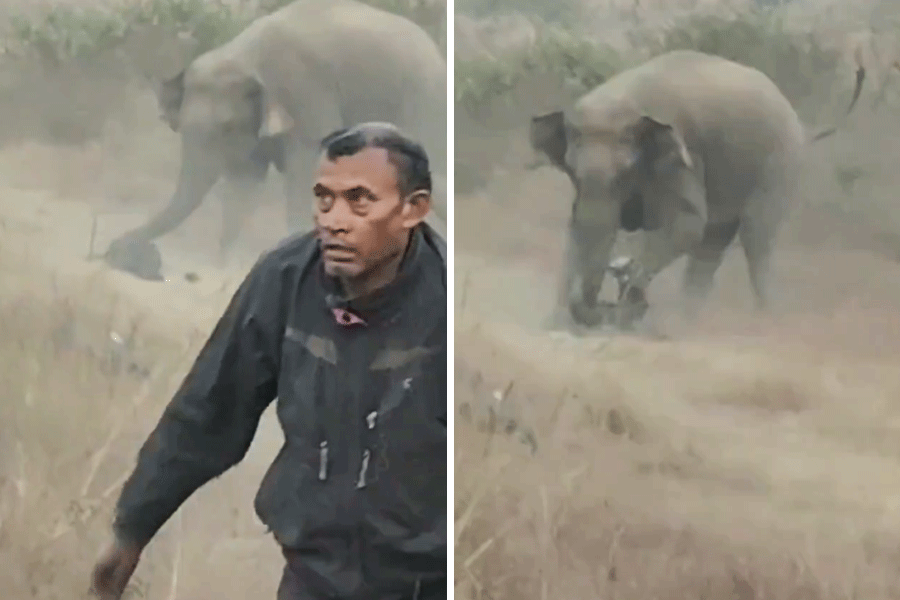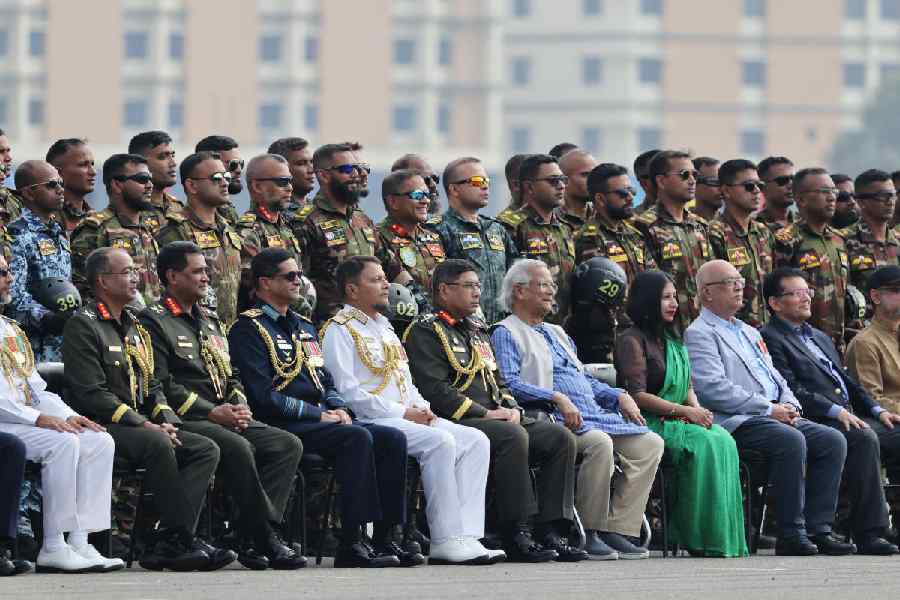In the Bardhaman-Durgapur Lok Sabha constituency, a region known for altering political allegiance in every election, BJP candidate Dilip Ghosh faces a pivotal challenge to overturn this pattern and secure his political future.
Since its establishment in 2009, Bardhaman-Durgapur has sent CPI(M), TMC and BJP representatives once each to the Lok Sabha in the three previous polls.
In 2019, BJP's S S Ahluwalia clinched the seat from the TMC by a narrow margin of approximately 3,000 votes, marking it as a challenging battleground for the saffron party.
With the odds stacked up, the BJP is placing its faith in Ghosh, widely regarded as one of its most successful state presidents, to retain its foothold in the region.
Political analysts believe that Ghosh’s relocation from his previous Medinipur constituency, coupled with his removal from the post of party's national vice-president, have turned the Bardhaman-Durgapur contest into a critical test of both prestige and political survival for Ghosh.
"Dilip Ghosh is now fighting a battle for his political survival. He is presently cornered in his own party. A victory would rejuvenate his political career, while a defeat could cast doubts over it," said Maidul Islam, a political scientist at the Centre for Studies in Social Science.
During Ghosh's tenure as the state BJP president, the party won 18 Lok Sabha seats in 2019.
Despite the challenging circumstances, the BJP leader remains optimistic about his prospects.
"I am a loyal party member, and I embrace any role assigned to me. This is a challenge I am prepared to overcome," Ghosh told PTI.
Highlighting his track record of political firsts, he added, "I became the state president within nine months of joining the party. I became an MLA in my first attempt, by defeating the 10-time MLA Gyan Singh Sohanpal. I also became an MP in my first attempt. Bardhaman-Durgapur presents another new challenge for me." Ghosh's opponents in this electoral race include TMC candidate and former India cricketer Kirti Azad, as well as the Left–Congress alliance candidate Sukriti Ghoshal.
The TMC, eager to reclaim the seat, faces the hurdle of Azad being labelled an "outsider" by the BJP.
However, Azad dismissed these concerns, stating, "I am an Indian, and any Indian can contest from any part of the country. This election is about issues and policies, not individuals." In contrast, the BJP has launched a campaign emphasizing Azad's outsider status, echoing the "insider-outsider" narrative used by the TMC during the 2021 assembly polls.
The "insider-outsider" debate in West Bengal gained traction ahead of the 2021 state elections, with the ruling TMC leveraging Bengali sub-nationalism to counter the BJP's Hindutva narrative.
The constituency, created after the reorganisation of parliamentary constituencies in 2008, is a blend of industrial and farming regions, appealing to both rural and urban voters. It comprises seven assembly segments: Burdwan South, Burdwan North, Monteswar, Bhatar, Galsi, Durgapur East, and Durgapur West.
In the 2021 assembly elections, the Trinamool Congress (TMC) clinched victories in all segments except Durgapur West.
The assembly seats in this constituency were once bastions of the Left parties. However, with changing political tides in Bengal since the defeat of the Left Front government in 2011, the TMC has been steadily gaining ground in the area.
In 2009, the CPI(M)'s Saidul Haque won the Lok Sabha seat with over one lakh votes against Congress-supported TMC candidate, Nargis Begam. But in 2014, TMC's Mamtaz Sanghamitra wrested the seat from Haque.
Five years later, the elections saw a close contest, with SS Ahluwalia of the BJP narrowly defeating the TMC by a margin of 0.1 per cent votes, with the two parties garnering 42.3 and 42.2 per cent of the votes respectively.
The constituency has a Muslim population of nearly 20 per cent while the scheduled caste community comprises 27 per cent.
With the Left-Congress alliance entering the fray, the upcoming election promises a three-cornered fight, a departure from the previous bipolar contests.
"This area has a rich history of trade unions and peasant movements led by the Left. The CPI(M) maintains its base here, evident from the 2016 assembly polls when the Left-Congress alliance won two assembly segments," said Islam.
In 2019, the CPI(M) secured over 1.5 lakh votes, accounting for 11.5 per cent of the total votes polled, while the Congress garnered nearly 38,000 votes, representing 2.3 per cent of the votes.
"With the Left-Congress alliance, we are optimistic about winning the seat. The electorate is disenchanted with both the TMC and the BJP," Ghosal said.
Islam highlighted that if the Left-Congress alliance secures over 15 per cent of the votes polled, the electoral battle could swing either way as far as the TMC and BJP are concerned.
Sensing the imminent danger of Left-Congress, Ghosh has recently appealed to the Left voters to vote for the BJP in the fight against the "corrupt TMC", a plea which was rejected outright by the CPI(M).
The Left-Congress alliance aims to resonate with the people on issues like unemployment and agrarian crisis, stemming from state and central policies, as their primary campaign themes in the constituency which goes to vote on May 13.
Except for the headline, this story has not been edited by The Telegraph Online staff and has been published from a syndicated feed.

